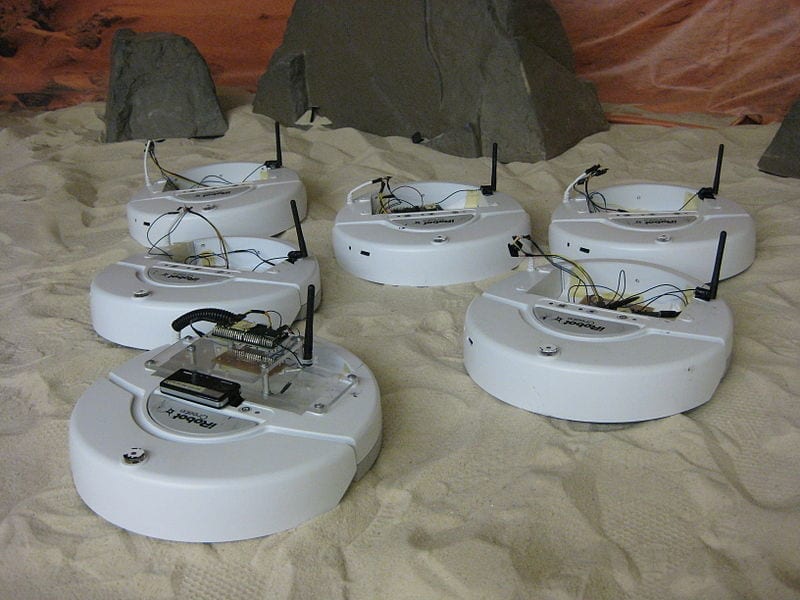Varying this twist permits many data streams to fit in the frequency spread currently used for just one
A striking demonstration of a means to boost the information-carrying capacity of radio waves has taken place across the lagoon in Venice, Italy.
The technique exploits what is called the “orbital angular momentum” of the waves – imparting them with a “twist”.
Varying this twist permits many data streams to fit in the frequency spread currently used for just one.
The approach, described in the New Journal of Physics, could be applied to radio, wi-fi, and television.
The parts of the electromagnetic spectrum that are used for all three are split up in roughly the same way, with a spread of frequencies allotted to each channel. Each one contains a certain, limited amount of information-carrying capacity: its bandwidth.
As telecommunications have proliferated through the years, the spectrum has become incredibly crowded, with little room left for new means of signal transmission, or for existing means to expand their bandwidths.
But Bo Thide of Swedish Institute of Space Physics and a team of colleagues in Italy hope to change that by exploiting an entirely new physical mechanism to fit more capacity onto the same bandwidth.
Galilean connection
The key lies in the distinction between the orbital and spin angular momentum of electromagnetic waves.
A perfect analogy is the Earth-Sun system. The Earth spins on its axis, manifesting spin angular momentum; at the same time orbits the Sun, manifesting orbital angular momentum.
The “particles” of light known as photons can carry both types; the spin angular momentum of photons is better known through the idea of polarisation, which some sunglasses and 3-D glasses exploit.
Just as the “signals” for the left and right eye in 3-D glasses can be encoded on light with two different polarisations, extra signals can be set up with different amounts of orbital angular momentum.
Prof Thide and his colleagues have been thinking about the idea for many years; last year, they published an article in Nature Physics showing that spinning black holes could produce such “twisted” light.
But the implications for exploiting the effect closer to home prompted the team to carry out their experiment in Venice, sending a signal 442m from San Giorgio island to the Palazzo Ducale in St Mark’s square.
“It’s exactly the same place that Galileo first demonstrated his telescope to the authorities in Venice, 400 years ago,” Prof Thide told BBC News.
Read more . . .
Bookmark this page for “Twisted waves” and check back regularly as these articles update on a very frequent basis. The view is set to “news”. Try clicking on “video” and “2” for more articles.









